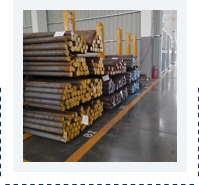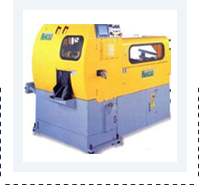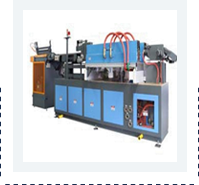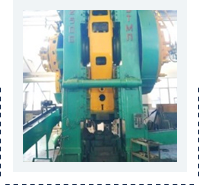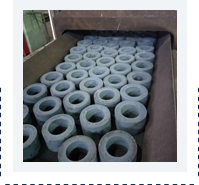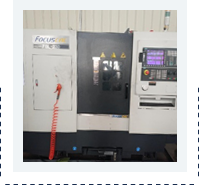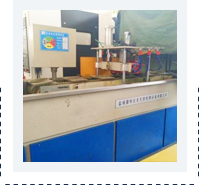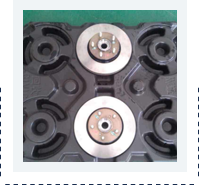DRIVEN GEAR
The driven gear is an indispensable part of automotive components, especially in the transmission system. Its main function is to receive the power transmitted by the driving gear and ensure that the power can be transmitted smoothly and efficiently to where it is needed.
The design and manufacturing requirements for driven gears are very high, as they require precise coordination with the driving gears to achieve optimal transmission effects. There are many types of driven gears, including spur gears, helical gears, and bevel gears, each with its own specific application scenarios.
In automotive transmission systems, driven gears are often used in conjunction with the driving gear. When the driving gear rotates, the driven gear rotates accordingly, transmitting power to other parts of the car. For example, in transmissions, the driven gears are used in conjunction with the driving gears to adapt to different driving conditions by changing the transmission ratio.
In addition to transmissions, driven gears are widely used in many other parts of automobiles, such as differentials and drive shafts. In these parts, driven gears also play an important role in ensuring the normal operation and efficiency of the car.
In addition, the material and heat treatment process of the driven gear also have a significant impact on its performance. Typically, the driven gear is made of high-strength steel, which is subjected to precision machining and heat treatment to ensure sufficient wear resistance and fatigue resistance.
During the maintenance and repair of cars, it is very important to inspect and replace the driven gear. If the driven gear is worn or damaged, it will affect the performance of the entire transmission system, and in severe cases, it may even cause the car to fail to operate normally. Therefore, regular inspection and maintenance can ensure the normal operation of the driven gear and extend the service life of the car.
In short, as an important component of automotive components, driven gears play a key role in the transmission system. They ensure smooth and efficient transmission of power, enabling cars to travel normally and safely.
